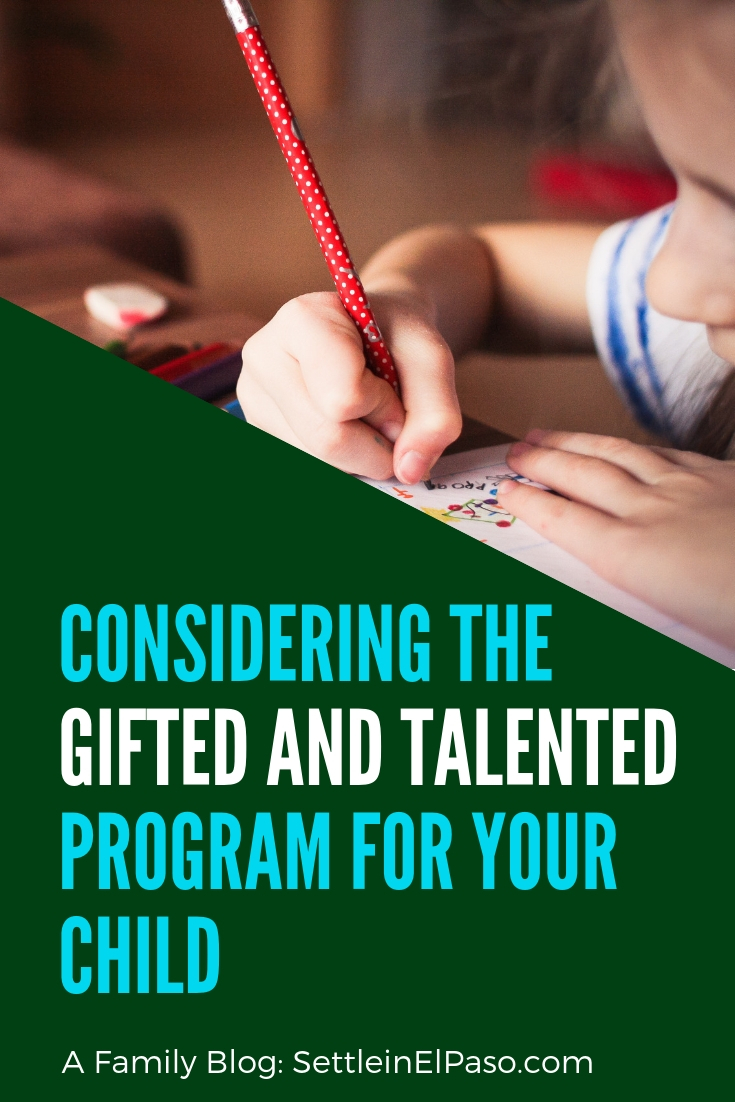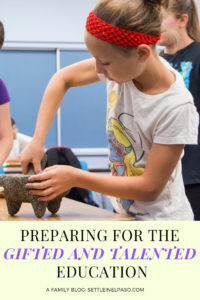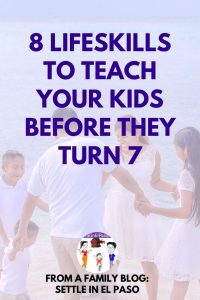
Should parents prepare their children for the G/T test?
The gifted and talented program is not for children who are doing awesome in the class, rather it is for children who demonstrate the potential that they will perform remarkably at a high level of intellectual excellence in the future. The idea is to mentor these kids a bit so that their inner leadership keeps flourishing.
Many people argue that preparing a child for the G/T assessment is cheating. 
Cheating or not, beating the system or not, there is no doubt that there is a structured entrance exam that covers something different than the curriculum the education systems use.
Therefore, no matter how talented a child is, parents need to expose the child to at least a few resources so that the child knows how to process the questions during the test. Without knowing the structure of the exam, we believe, even Einstein would have stumbled if he had sat for the G/T assessment test when he was five or six years old.
When should I start thinking about the Gifted and Talented program for my child
In El Paso (at least in EPISD), parents may decide to have their child assessed for the G/T program right from the kindergarten. That means a five or six-year-old child can sit for the assessment. A kindergartener who is either a five or six-year-old needs to process the questions and answer appropriately. Without any past exposure to the types of questions covered, it is hard for a kid to even communicate during the exam.
How can I prepare my child for the G/T assessment

Surprisingly, the resources available to expose a child to samples of the G/T assessment are limited. If you ask anyone in the school, you will hear that statement over and over – kids should not prepare for G/T assessment.
The principal may give a one-hour presentation on how G/T works, which practically does not say anything about on what basis students are assessed. We came to know, after asking questions to many people, that EPISD uses a system that resembles well with RIAS (Reynolds Intellectual Assessment Scales).
Based on our research and what Dear Son told us after his G/T assessment when he was assessed in the kindergarten, four items are covered (when the child is assessed at kindergarten level): Guess What, Verbal reasoning, Odd-item out, and What’s missing.
Guess What:
This is somewhat like the kids’ guessing game. An example is – name an animal that is furry, has claws, and likes to eat fish and milk (Answer: Cat). Another example – name a liquid that people drink during breakfast and has a white color (Answer: Milk).
Verbal reasoning:
Verbal reasoning refers to connections between objects or concepts. Samples may have forms like, A is to B, as X is to Y. For example, a doctor is to a hospital, as a teacher is to a _____ (Answer: school). Another example: A bird is to fly, as a fish is to _______ (Answer: swim).
Odd-item out:
This is an assessment of nonverbal reasoning skills of a child. Questions involve pictures. Such as, a picture shows several animals that live on the land along with a fish. The child is asked to find which one doesn’t belong. (Answer: The fish does not belong.) Similarly, five different sedans and a truck are in a picture. The child is asked to point to what does not belong. (Answer: The truck doesn’t belong.)
What’s missing:
The “What’s Missing” assessment uses pictures too. The child has to examine a picture and state what key elements are missing. An example is, the wheel of a car is missing in the picture. Or, the pole of a flag is missing. The pictures generally illustrate several events and the child finds out any missing logical component of the scene.
Anything else?
The questions can be harder or easier based on the child’s grade level in the school. Dear Son was assessed during kindergarten. We believe only the four types of questions mentioned above are covered in kindergarten.
The original RIAS includes two additional types of questions: verbal and nonverbal memory test.
Verbal memory test is something like answering questions after hearing a story.
Nonverbal memory test is an assessment where a picture is shown for a certain amount of time and taken away. After taking the picture away, the child is asked questions about the picture.
What happens after a child is enrolled in the Gifted and Talented program?
Gifted and Talented kids are given some additional materials. Is Dear Son given any extra material? Dear Son is in the first grade now. We do not think the school has started to give the G/T kids any additional materials in the first grade. These children are still too young and can accept anything appropriate for their age. G/T or no G/T, I guess the school is giving additional materials to all kids in the first grade, which is great. We heard from parents of older kids that the G/T kids are separated for some time every day in upper grades, where they are given additional materials.
Concluding remarks
Dear Son enjoyed the time when we asked him the questions to prepare for his assessment test. It was a fun game for him. We enjoyed the time because Dear Son was enjoying. We believe Dear Son had tremendous development just in a few days because the RIAS test structure stimulates the thought process. Although Dear Son is in the program, we still play those tests.
We might come up with more posts regarding G/T if our schedule permits. Meantime, please do not hesitate to let us know if you have any question. Also, let us know if you would like to share how G/T works or worked in your school district.
Have a wonderful day!
Other relevant articles
Subscribe to receive notifications on our new posts.








Comments
Facebook Comments